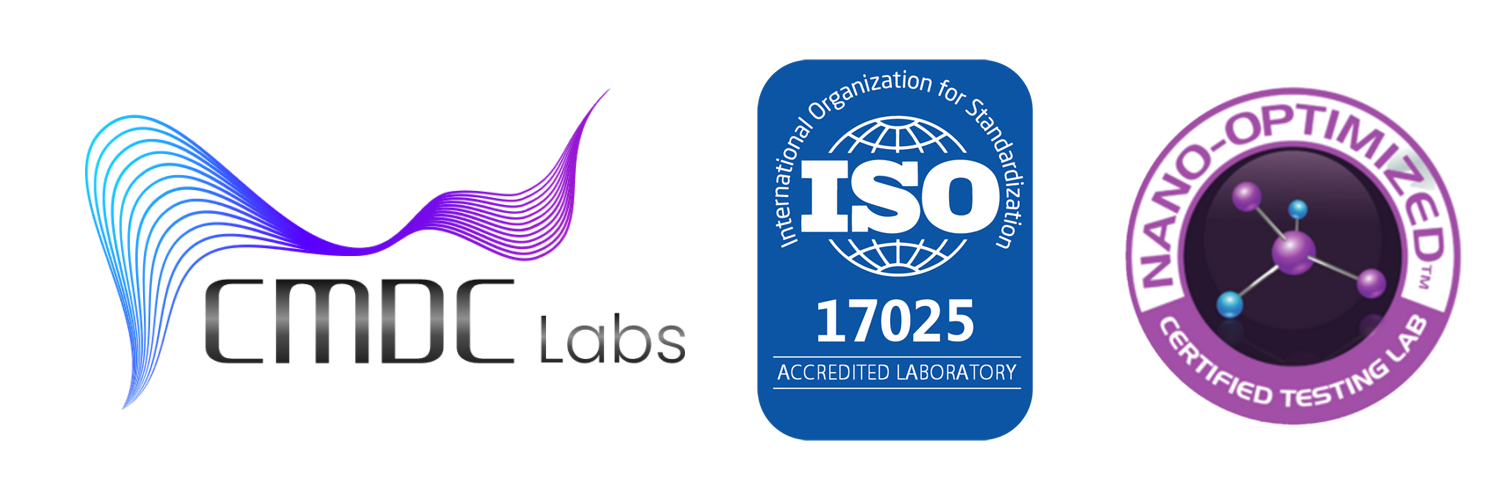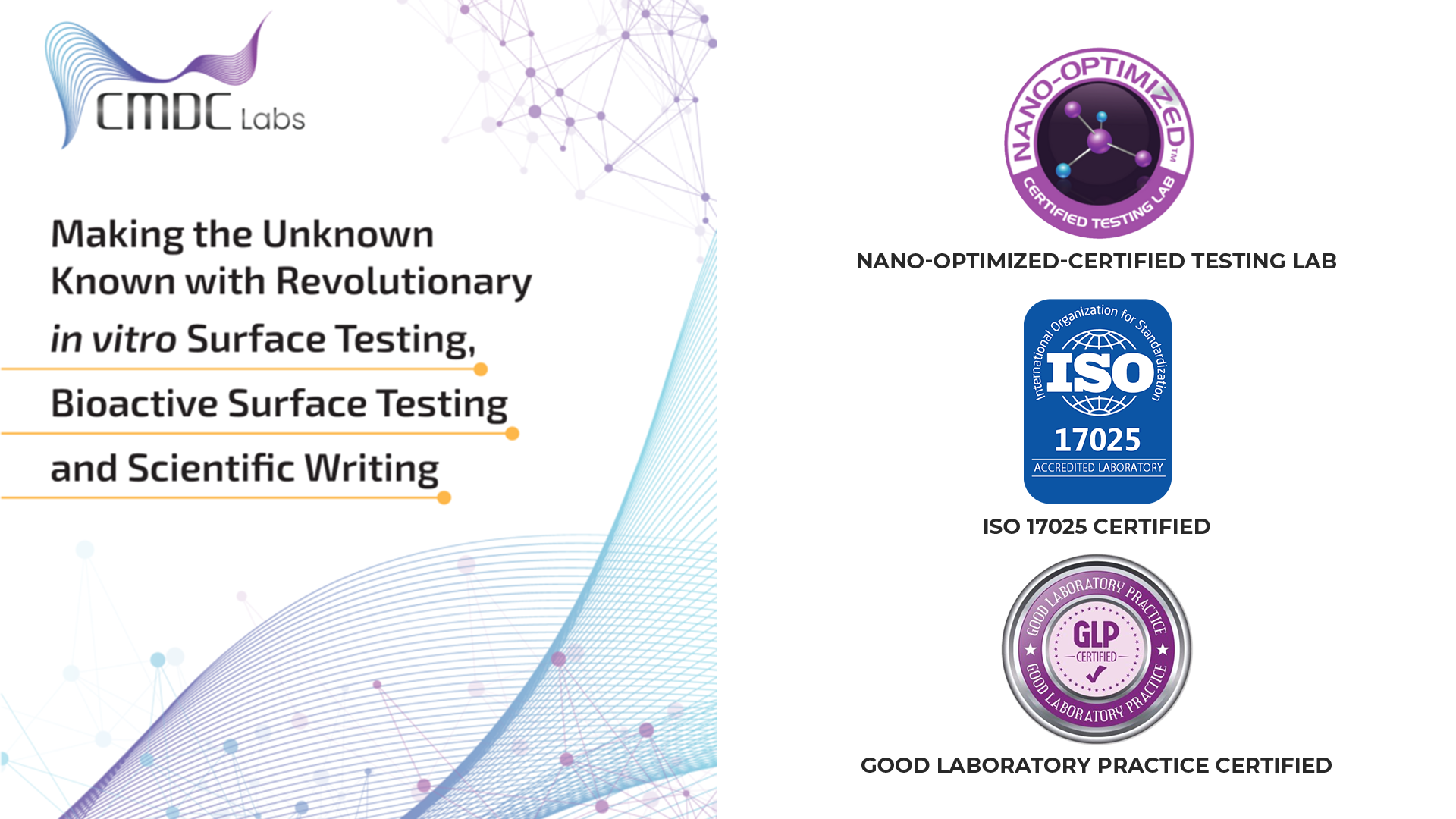In the realm of medical device manufacturing, ensuring the sterility and safety of products is paramount. One of the critical processes in achieving this goal is bioburden testing. This testing is vital for determining the microbial load present on or in medical devices before sterilization. Understanding and implementing effective bioburden testing methods is essential for compliance with regulatory standards and for ensuring patient safety. In this article, we explore the essential methods for bioburden testing and how CMDC Labs excels in this crucial aspect of medical device safety.
The Importance of Bioburden Testing
Bioburden testing measures the number of viable microorganisms present on a medical device. These microorganisms can include bacteria, yeast, mold, and fungi, which, if not effectively controlled, can pose severe risks to patient health. The results of bioburden testing guide the sterilization process, ensuring that devices are free from harmful microbial contamination. Regulatory agencies such as the FDA and ISO mandate bioburden testing as a critical component of the overall quality assurance process for medical devices.
Regulatory Standards
- FDA Guidelines: The FDA provides comprehensive guidelines for bioburden testing as part of its Quality System Regulation (21 CFR Part 820). These guidelines ensure that medical devices meet stringent safety and efficacy standards.
- ISO 11737-1: This international standard specifies requirements for determining the bioburden of medical devices. It outlines methods for sample collection, culturing, and enumeration of microorganisms, ensuring consistency and reliability in testing.
Essential Methods for Bioburden Testing
1. Sample Collection
Effective bioburden testing begins with proper sample collection. This step involves selecting representative samples of the medical device in its final packaging. The goal is to ensure that the sample accurately reflects the microbial load present on the entire batch of devices.
- Swabbing: A common method where a sterile swab is used to collect microorganisms from the surface of the device.
- Rinse Method: The device is rinsed with a sterile solution, and the rinse solution is tested for microbial content.
- Direct Immersion: The device is directly immersed in a sterile culture medium, promoting the growth of any microorganisms present.
2. Culturing and Incubation
Once samples are collected, they are cultured in appropriate media to encourage the growth of microorganisms. The incubation period allows microorganisms to multiply, making them easier to detect and count.
- Aerobic and Anaerobic Culturing: Depending on the type of microorganisms suspected, samples may be cultured in both aerobic and anaerobic conditions.
- Selective Media: Specific media can be used to target particular types of microorganisms, ensuring comprehensive detection.
3. Enumeration of Microorganisms
After incubation, the next step is to count the number of colony-forming units (CFUs) present in the culture. This enumeration provides a quantitative measure of the bioburden.
- Plate Count Method: The most common method, where colonies grown on agar plates are counted manually or using automated systems.
- Membrane Filtration: Used for liquid samples, where the sample is passed through a membrane filter that retains microorganisms, which are then cultured and counted.
- Most Probable Number (MPN): A statistical method used for estimating the number of viable microorganisms in a sample, particularly useful for samples with low microbial loads.
Innovations in Bioburden Testing
Rapid Microbial Methods (RMM)
Traditional bioburden testing methods can be time-consuming, often requiring several days for incubation and enumeration. Rapid Microbial Methods (RMM) offer a faster alternative, reducing the time required for testing and enabling quicker decision-making.
- ATP Bioluminescence: This method measures the presence of adenosine triphosphate (ATP), a molecule found in all living cells. It provides rapid results, often within hours.
- Automated PCR Systems: Polymerase Chain Reaction (PCR) can detect and quantify microbial DNA, offering high sensitivity and specificity with rapid turnaround times.
- Flow Cytometry: This technique uses lasers to count and analyze microscopic particles, providing rapid and accurate bioburden measurements.
CMDC Labs: Excellence in Bioburden Testing
At CMDC Labs, we leverage state-of-the-art technologies and adhere to stringent regulatory standards to provide accurate and reliable bioburden testing services. Our comprehensive approach includes:
- Advanced Instrumentation: Utilizing the latest in culturing, enumeration, and RMM technologies to ensure precise results.
- Expert Team: Our microbiologists and lab technicians are highly trained and experienced in bioburden testing methodologies.
- Quality Assurance: Rigorous quality control measures, including regular proficiency testing and method validation, to maintain the highest standards of accuracy and reliability.
- Regulatory Compliance: Ensuring all testing processes meet or exceed FDA and ISO standards, providing our clients with confidence in their product safety.
Conclusion
Bioburden testing is a critical component of ensuring the safety and efficacy of medical devices. By implementing robust testing methods and leveraging innovative technologies, CMDC Labs delivers reliable and timely bioburden testing services. Our commitment to quality and regulatory compliance ensures that medical devices meet the highest standards of safety, protecting patients and enhancing healthcare outcomes. Partner with CMDC Labs to ensure your medical devices are safe, effective, and compliant with all regulatory requirements.

